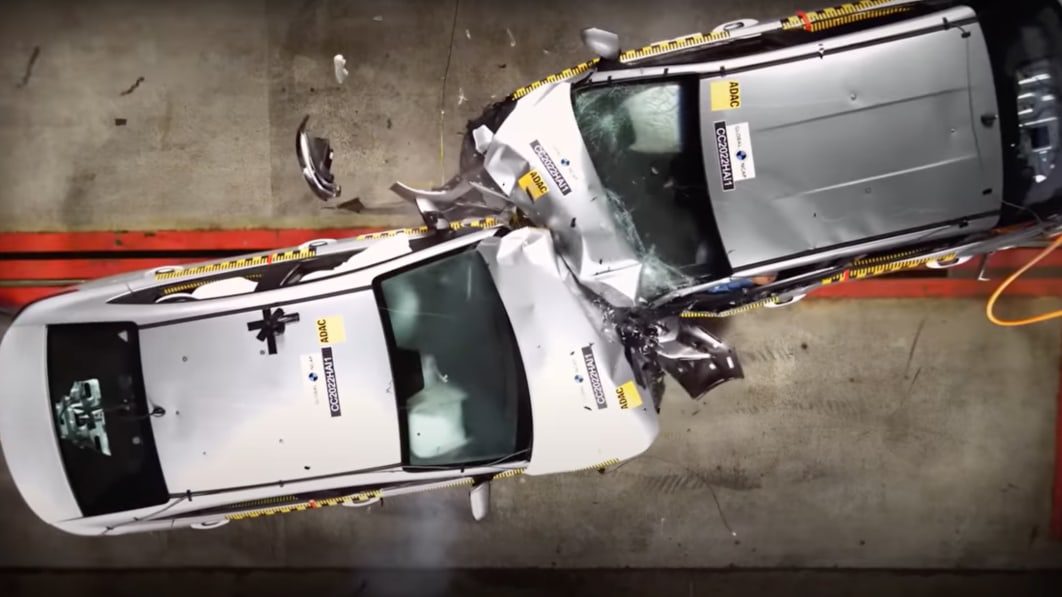Crash test illustrates stark difference in countries' vehicle safety standards

It’s no secret that automakers release different versions of vehicles depending on where in the world they’re being sold. Even so, a new crash-test video from the Global New Car Assessment Program (Global NCAP) demonstrates a striking difference in how automakers equip vehicles destined for different world markets. The double standard is dangerous, especially for people buying cars in less regulated markets.
The film shows an offset crash test between a Hyundai Grand i10 destined for the Mexican market and a Hyundai Accent destined for the U.S. domestic market (USDM). The two cars represent the least expensive sedans for each market, but the Mexican market Hyundai comes with just two airbags compared to the Accent’s six. The Grand i10 also lacks standard electronic stability control, which the Accent has.
The i10 is manufactured in India for the Mexican market, and ironically the U.S.-bound Accent is built in Mexico.
The USDM Accent wasn’t unfazed, but it came out of the crash with far less structural damage. On the other hand, the i10’s driver-side A-pillar collapsed, and the steering wheel made a concerning move into the passenger compartment. Also, as the video points out, having only two airbags is not ideal, either. The result: “a high chance of fatal or serious injury.”
We could blame the differences in crash test results on costs – the Grand i10 is a little more than half the price of the Accent when adjusted for currency differences – but there’s more to it than that. Regulations play a massive role in determining the standard equipment and structural integrity during a crash. Because vehicle safety requirements are different between the United States and Mexico, building a car to meet standards will result in two completely different models.
There’s also the issue of consumer education and communication. As the video notes, stopping the double standard will require stronger consumer messaging on safety and vehicle equipment. Listing a vehicle’s Latin NCAP safety score is a good start, as buyers in the U.S. have access to several crash test scores and other data on most models.
Global NCAP was formed to promote vehicle safety testing and information sharing in developing markets. The organization’s mission aligns with that of the U.N., which is to cut the number of fatal accidents and injuries by half by 2030. The group also aims to set consistent standards to prevent differences like those in the video.
Said Alejandro Furas, the Latin NCAP secretary general:
“This test is a wakeup call to consumers, regulators, and car manufacturers. All consumers, no matter where they live, have the right to expect the same standard of safety in their cars. The cross border safety gap should no longer exist. We call for manufacturers to stop the double standard strategies in the world.”
Related video:



